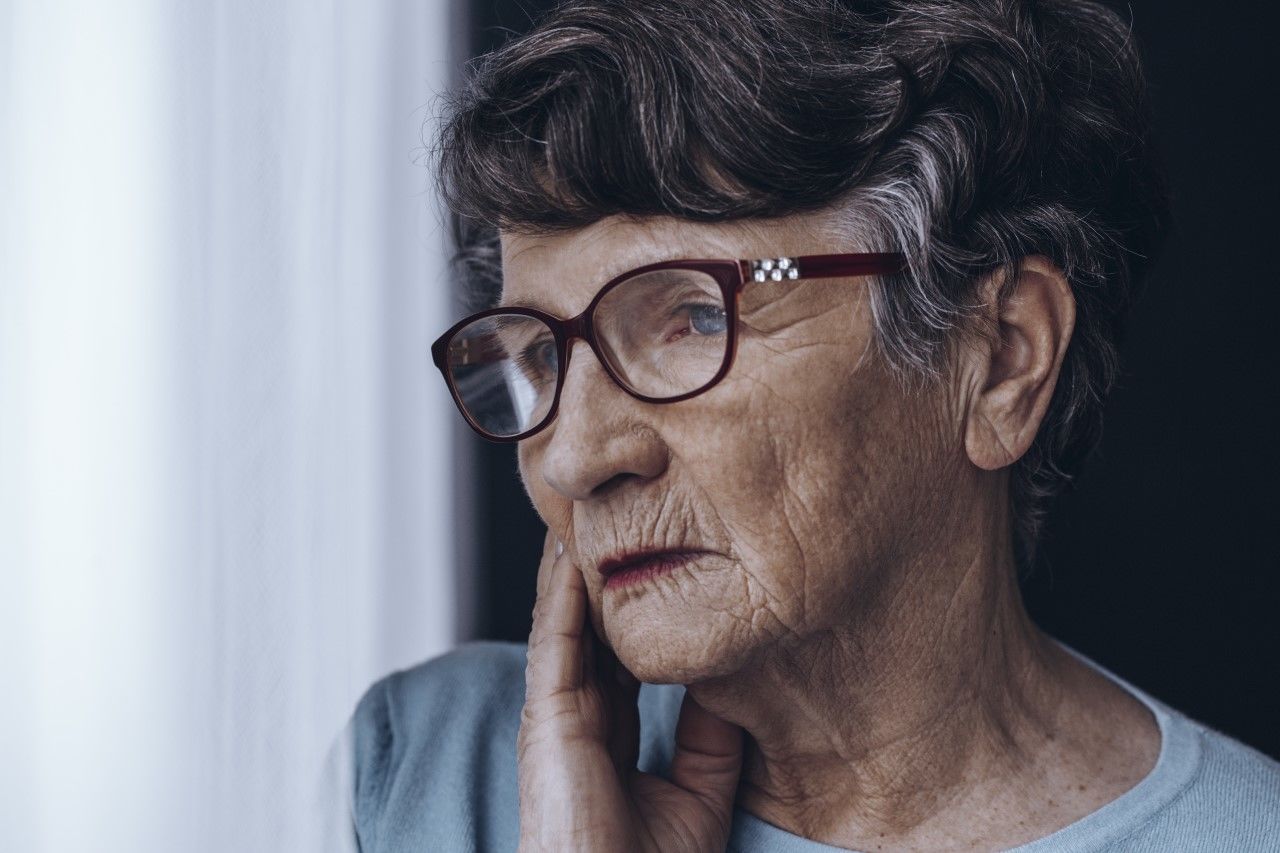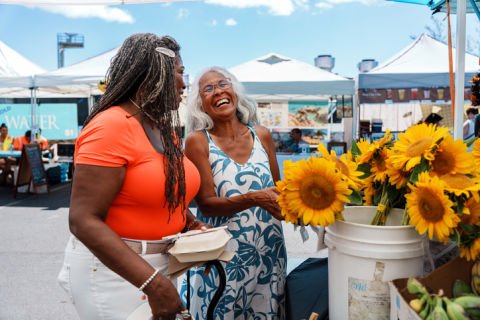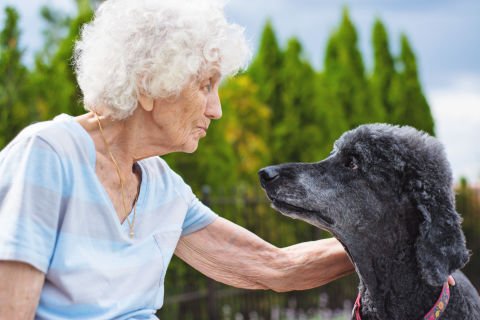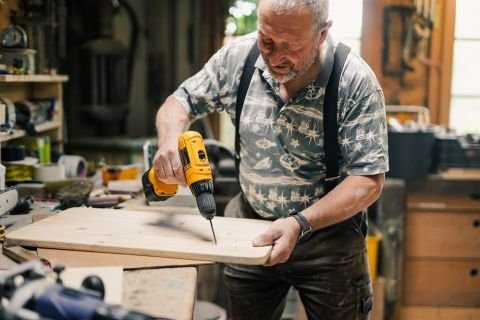Helping older renters struggling to find housing
A new study has found older renters don’t have what many take for granted: the chance to age comfortably in friendly housing.

Key points
- Survey finds less than 1 per cent of private rental homes are affordable for pensioners.
- 90 per cent say they want to age at home.
- 72 per cent of older renters said cost was the biggest barrier to them ageing at home.
Australia’s rental crisis is severely impacting the lives of older people who have to rely on the shrinking, and increasingly expensive, rental market.
Many have been forced to move into unsuitable or undesirable accommodation, such as residential aged care homes, due to financial challenges in the rental market.
A recent report from charity organisation Anglicare Australia is calling for an increase in the number of social housing residences and greater protections for tenants to prevent older people being moved into aged care earlier than they want to.
The Ageing in Place report surveyed 500 older people about ageing at home, housing accessibility, and housing affordability.
Despite almost 90 per cent saying they want to age at home, increasing rents and a limited private rental market makes that difficult.
72 per cent of respondents said cost was the biggest barrier to finding or keeping accommodation they could live in as they grew older.
Limited rental options have forced some older renters to move into residential aged care homes when they don’t want or need to. These facilities are often already under pressure due to staffing shortages.
In addition, the report found that nearly half of older renters live in poverty. The typical homeowner aged over 65 spends only five per cent of their income on housing, compared to nearly 30 per cent for renters.
“Without the capital from owning a home, most renters are unable to buy into a retirement village. They have little left over from the aged pension after rent is paid, pushing many into poverty and hardship,” the report reads.
For too many the only option when they can’t find a suitable rental is residential aged care.
The report says residential aged care is a vital service for people who are ageing, especially people whose health is declining or need higher levels of care, but people shouldn’t be pushed into it early, simply because the cost or quality of housing prevents them from ageing at home.
Anglicare Australia Executive Director, Kasy Chambers, said the renters who were surveyed mentioned a lack of hope that they could have a good ageing experience.
“The whole model of financing your ageing is predicated on having your own home, while our reliance on the private rental market in Australia makes things difficult for many groups of renters, especially those with limited finances.
“Older renters are pretty invisible in the property conversation and if we don’t do something for this cohort there are very few options available if they can’t afford the private rental market or if they need even a small amount of help at home.”
Financial hardships for renters includes rising rents, and an increasing cost of living. The current limited pension income and supplements don’t meet market costs.
Anglicare’s 2022: Rental Affordability Snapshot found that less than one per cent of the available homes in the private rental market are affordable to people on the Age Pension.
Anglicare says a third of Australians are in rentals and many of them have had late-in-life relationship breakdowns which mean they’re not coming in to retirement with a family home or nest egg.
Some older renters are forced to move yearly, which erodes community support channels.
“Having asked the question about where people want to age, and they are very clear about wanting to age at home, it’s then onto us as a country as to how we enable this to happen,” Ms Chambers said.
Ms Chambers believes that alternative rental models, like social housing, can create housing security for older Australians facing financial hardship and those who cannot afford traditional retirement living.
Purpose-built social housing can also be designed for increased accessibility, which would benefit older people, while the influence of independent investors can ease a reliance on the private rental market.
Anglicare reports that Australia has less social housing per capita than it did 20 years ago - about 460,000 dwellings short.
One solution is encouraging more institutional investors so we don’t have a reliance on private rentals.
Other options raised by Ms Chambers include government or not-for-profit managed long-term lease programs, increased rent assistance, and more links between aged care and social services supports.
We support innovative solutions to the seniors’ rental crisis. We want government to:
- Create a capital grant scheme for the construction of age-friendly housing. This would incorporate universal design principles and cut the number of older renters from falling, hospitalisation, and premature entry into residential care.
- The National Construction Code must push for new housing to be accessible to older people. The code must be changed to make new housing age-friendly and encourage more downsizing options.
Sign up to support our Better Housing Campaign and find out more about what we’re proposing
For further reading: Better Housing, Anglicare Australia








